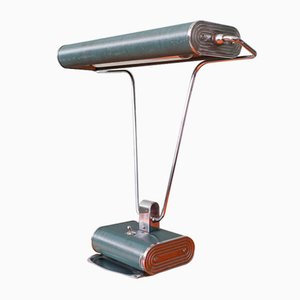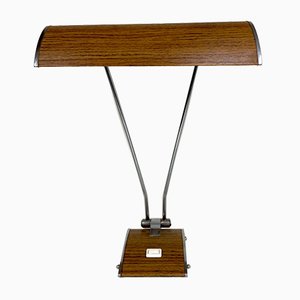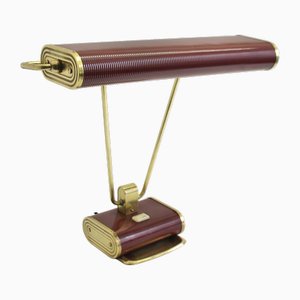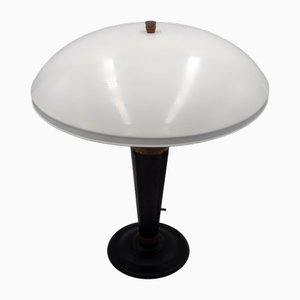
Born in 1878 near the small village of Enniscorthy, Ireland, Eileen Gray is one of 20th-century design’s most influential women. In 1898, Gray began attending painting classes at the Slade School of Fine Art in London, but she moved to Paris following an inspirational trip in which she discovered the Art Nouveau style. She continued her studies at the Academie Julian and Academie Colarossi, before returning to London to tend to her ailing mother and rejoin the Slade School.
In 1906, Gray moved back to Paris and began working as a lacquer artist under master Seizo Sugawara. In 1917, she was commissioned by boutique owner Madame Mathieu Levy to create the interiors of an apartment on Rue de Lota; this project generated one of Gray’s most esteemed designs, the Bibendum Chair, which expresses an astonishingly modernist approach for the era. With her success in interior design established, Gray turned to architecture—primarily private residences—most notably the E-1027 house in Southern France and the iconic Tempe à Pailla in Provence.
In the 1920s and ’30s, Gray was active in the Union des Artistes Modernes and received a steady flow of commissions. By the end of World War II, however, her popularity had dissipated. It was only in the late 1960s that Gray’s significance to design history began to be recognized. Today, her work is among the most highly sought-after work on the market, collected by major institutions such as the Centre Pompidou, The Metropolitan Museum of Art, and The National Museum of Ireland. Yves Saint Laurent was one of her most noteworthy private collectors. Her Dragon’s Armchair set an auction record for 20th-century furniture when it sold for €21.9 million, in 2009.
Gray passed away in Paris in 1976.













